Do you often notice a stiff or painful back when you move, twist, or reach for something? You’re not alone. Many people struggle with mid-back discomfort that can hinder flexibility and movement. Rib mobility exercises can help relieve this pain by improving the movement of the ribs, which can get stiff and restricted, especially with a sedentary lifestyle or after an injury. This article will discuss the importance of rib mobility and how it relates to mid-back flexibility and stability. It will also provide a few exercises to help improve your rib mobility and relieve pain.
Pliability's mobility app can help guide you through rib mobility exercises and provide a structured approach to improving your rib and mid-back flexibility.
Why Does Rib Mobility Matter?
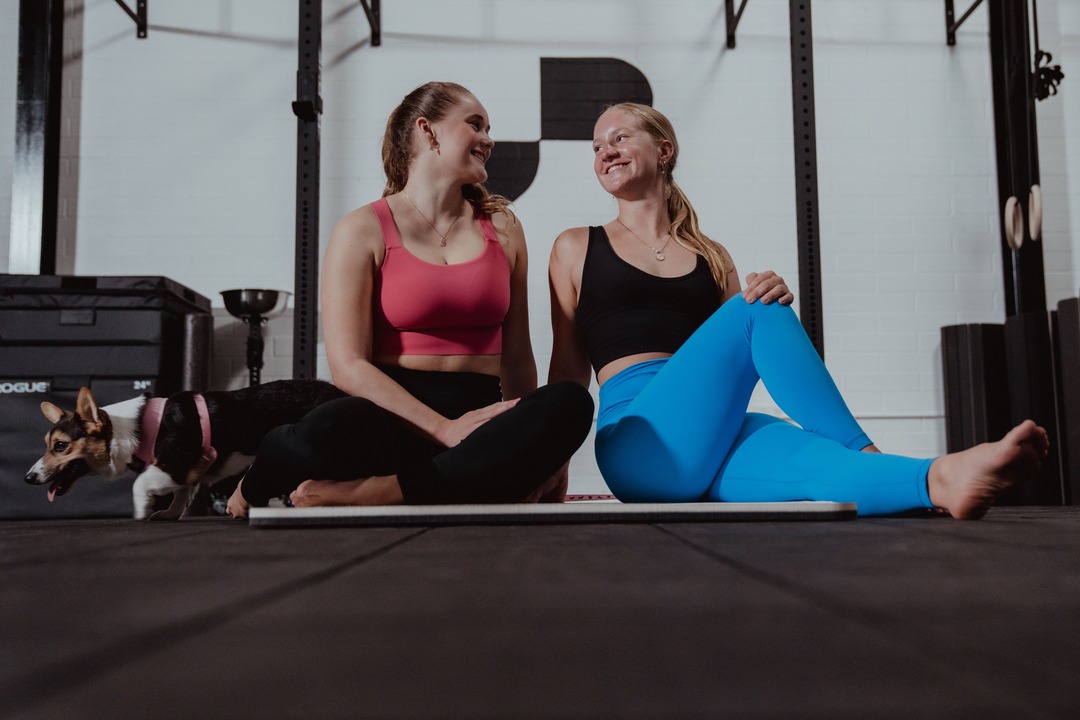
The rib cage is an often neglected area of mobility that affects overall health. It is a dynamic structure integral to breathing and spinal health. The rib cage comprises the ribs, sternum, thoracic vertebrae, and related connective tissues. The ribs attach to the front of the body at the sternum and wrap around to the back, where they attach to the thoracic vertebrae of the spine.
This structure allows for mobility and stability in the rib cage, protecting the lungs and heart and assisting with respiration. As we breathe, the rib cage expands and contracts to create space for the lungs to fill with air and to push air out of the body. Improving rib cage mobility can relieve low back pain and enhance athletic performance.
Why Does the Rib Cage Move?
The rib cage attaches to the thoracic spine and together form the thorax. As you breathe in, the ribs move out and up, and as you exhale, the ribs move down and in. This rib cage motion during inhalation and exhalation is caused by the diaphragm and the intercostal muscles (the muscles between your ribs) contracting and relaxing.
The diaphragm is a muscle at the base of your lungs that attaches to the bottom ribs. It flattens when inhaling, increasing the space in the rib cage to allow for the expansion of the lungs. When the diaphragm relaxes on the exhale, it helps the lungs push air out. Without this mobility, we can’t breathe as efficiently or effectively.
Rib Cage Mobility for Overall Movement
All of the abdominal and scapular muscles also attach to the rib cage, which influences the movement of the upper extremities, pelvis, and lower extremities. When the rib cage's mobility decreases, upper extremity movement, posture, back pain, and lower extremity mobility can become difficult.
Why is Mobility Important?
The T-spine is integral to posture, upper and lower limb movements, and breathing. Decreased thoracic mobility and poor posture can affect performance in any sport. Still, they play a much larger role for swimmers, kayakers, tennis players, golfers, and any sport that requires thoracic extension or rotation.
An increased thoracic curve can also lead to increased lumbar spine lordosis and changes in the pelvis's position. This can alter how forces are distributed on the legs, which could be detrimental to any sport involving running.
The Impact of Restricted Rib Movement on Breathing Efficiency During Sports
Normal breathing patterns can be disrupted if the ribs are not moving properly. The Diaphragm muscle, the primary respiration muscle, creates a dome shape at the bottom of your ribcage. It can be challenging to expand the muscle fully (i.e., take a deep breath) if the ribs are not moving correctly.
If the rib joints at the spine and surrounding musculature are stiff and tight, each breath has less movement. This makes it difficult to breathe at higher breathing rates during cardiovascular activity. This can be especially difficult in sports requiring sitting or bending, such as:
- Rowing
- Kayaking
- Cycling
Rib Articulation Significance in Thoracic Spine Mobility
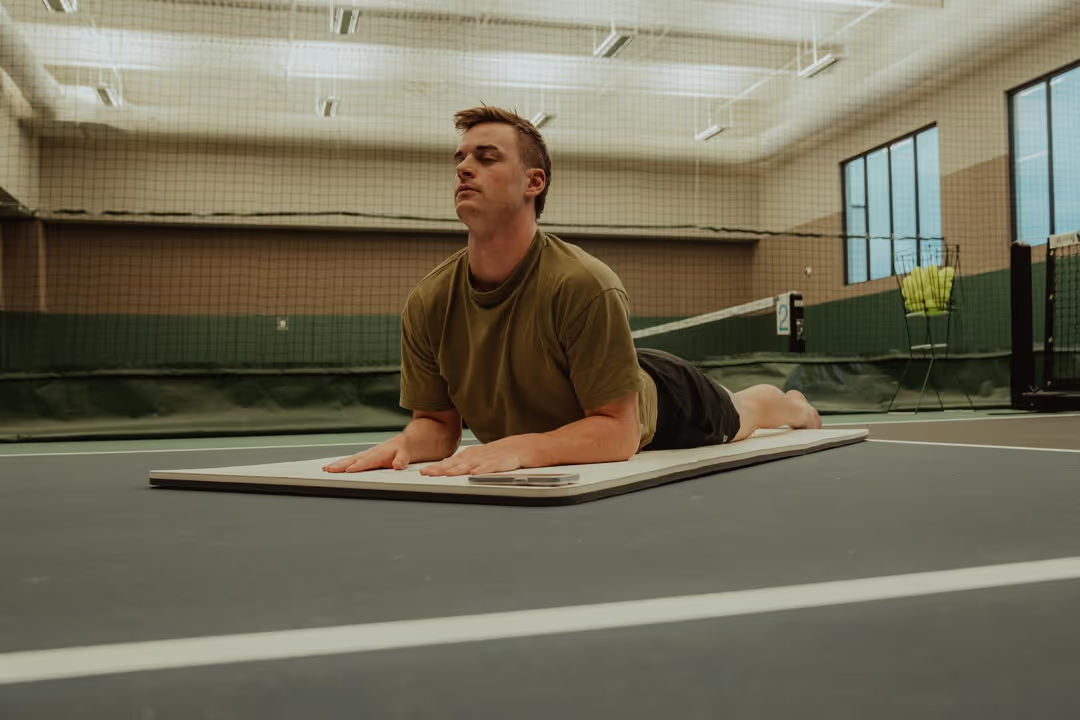
Everyday life puts us against two foes:
- Gravity
- Aging
Our range of motion declines in many ways as we age, but the trunk and shoulders take the biggest hits. These stats reveal that the upper body does not fare well against time and gravity.
How the Ribs and Thoracic Vertebrae Work Together
The thoracic spine consists of twelve vertebrae labeled T1 to T12. Each thoracic vertebra articulates with a rib on either side of the body. Ribs 1 through 10 each connect to the thoracic spine at two points:
- Costovertebral joints
- Costotransverse joints
This connection creates a functional relationship between the ribs and the thoracic vertebrae. The ribs move with the thoracic spine through flexion, extension, and rotation. Every time the thoracic spine moves, the ribs help guide this motion.
What Happens When Rib Articulation is Restricted
Poor rib articulation can lead to decreased thoracic spine mobility. This can cause reduced upper body mechanics, affecting functional movement patterns. Since the ribs assist with thoracic spine mobility, restricted rib articulation will limit the range of motion of the thoracic spine. This can be particularly detrimental during rotational activities.
Rib Articulation and Aging
Rib articulation naturally decreases with age. This can restrict thoracic spine mobility and overall upper body function. Research shows that as you age, rib mobility declines, impacting upper body mechanics and increasing the potential for injury.
Related Reading
- Ankle Mobility Exercises
- Shoulder Mobility Exercises
- Hip Mobility Exercises
- How To Improve Flexibility
- Thoracic Mobility Exercises
- Stretch Before Or After Workout
- Wrist Mobility Exercises
- Mobility Exercises For Beginners
- Best Stretching Routine
- Back Mobility Exercises
- Lower Body Mobility Exercises
- Leg Mobility Exercises
- Mobility Exercises For Athletes
11 Rib Mobility Exercises for Mid-Back Flexibility & Core Health/

1. Side Bend
- Start in a 90/90 kneeling position (each knee forms a 90-degree angle).
- Step your right foot forward so it’s below your right knee; rest your left knee on the mat below your left hip.
- Relax your left shin and the top of your left foot on the mat.
- Reach your arms out from your sides to just below shoulder level.
- Elongate your spine and lift from your pubic bone.
- On an inhalation, initiate a side bend to your right side.
- Reach your left arm overhead and lift from your left ear. You are actively lengthening and strengthening the muscles on your left side that hold you in lateral flexion, including your obliques and quadratus lumborum.
- Across your left hip, you actively lengthen your hip flexors.
- On your inhalation, breathe deeply into the left side of your rib cage; sense the expansion.
- On your exhalation, engage your pelvic floor and lower abdominal muscles, increasing the lift in your pelvis to lengthen your lower back and intensify the hip-flexor stretch.
- Maintain the position for 4–10 slow, full breaths.
- Then lower your left arm and center your upper body.
2. Sit Back and Forward Fold
- In the kneeling position, take both arms overhead.
- On an inhalation, press your right foot lightly forward
- Let your knee extend, and your pelvis shift back
- Keep your spine centered and long as you fold your upper body forward and lower your arms to shoulder level.
- Letting your hip flex allows the fascia in front of your hip joint to soften.
- When you exhale, raise your arms overhead and lift upright.
- Repeat the movement slowly 4–8 times.
3. Side Stretch with Spiraling
- To transition into a 90/90 side stretch.
- Place your left hand on the floor (or a block) in line with your left knee.
- Once your hand is firmly grounded, shift your pelvis directly over your left knee and reach your right arm over your head. Your spine is long in lateral flexion.
- Keep your head in line with your lengthened neck.
- Press your left hand against the floor and firmly stabilize your shoulder by spiraling the head of your humerus out and down.
- Imagine that your arm is a strong pillar over which you can drape your upper body.
- Reach farther out with your right arm to increase the stretch in your latissimus dorsi, pectoralis major, intercostals (muscles between your ribs), spine extensors, and abdominals.
- The muscles and fascia in your rib cage and waistline soften on your left side.
- On an exhalation, reach your right arm down toward the floor.
- Sense a domino-like motion in which the reaching of your arm facilitates the slight gliding of your shoulder blade along your ribs, enabling the back of your left rib cage to spiral open and your spine to follow along.
- While your sternum revolves toward the floor, you can rotate your pelvis toward the ceiling to intensify the opening in your lower back.
- On an inhalation, raise your right arm overhead.
- Rotate your spine and rib cage toward the ceiling along with your arm.
- Let the front of your rib cage open.
- Continue to reach out with your right hand and turn your palm up toward the ceiling to intensify the chest opening and upper-body stretch.
- Slowly repeat the spiraling motion 1–3 more times.
4. Thoracic Windmill with Towel
- Lie on your side and place a rolled-up towel perpendicular to your body just under your shoulder blades.
- Reach your top arm to the other side of the room, allowing your chest to open with it.
- Complete 10-15 reps on each side.
5. Quadruped Thoracic Rotation
- Start on all fours and bring one hand behind your head.
- Twist your body towards your supporting arm, then twist towards the ceiling, opening the chest as much as possible.
- Keep your core tight and twist with the middle portion of your back.
- Complete 10-15 reps on each side.
6. Wall Angel (Scapular Wall Slide)
- Stand with your back against the wall, arms raised against the wall, elbows bent at 90 degrees.
- Slide your arms up the wall until they are over your head, then bring them back to 90 degrees.
- Squeeze your shoulder blades together and engage through your middle back.
- Keep your glutes and abdominal muscles engaged to prevent your lower back from arching off the wall.
If you are having trouble with this, you can do the exercise seated against the wall with your knees bent and your heels touching your butt.
7. Short-Seated Wall Reach
- Sit on the floor with your back and hips against the wall.
- Take a deep breath through your nose and forcefully exhale through your mouth while you reach forward with your arms.
- Your mid and lower back should stay flat against the wall the entire time.
- Repeat five times.
8. Deep Diaphragmatic Breathing
- Lie on the floor with your knees bent.
- Put one hand on your upper chest and the other on your stomach, below your rib cage.
- Take a deep breath in slowly through your nose, focusing on filling the lower portion of your lungs and pushing your stomach outwards.
- The hand on your chest should stay still, and the one on your stomach should rise.
- Hold for 5 seconds, and then slowly let your breath out through your mouth.
- Repeat for 3-5 minutes.
9. Seated Rib Release Exercise
The right side of the rib cage tends to be more compressed as you bend into that side while you rotate towards your more backward-oriented hip. Mobility work can focus on finding more expansion in the right-side body. One of my favorite exercises is this side-seated rib release exercise. You can also incorporate some sagittal plane elements to find more expansion in the left posterior rib cage to counter that rib flare positioning. Steps to do this exercise:
- Start in a side seated position with the right arm straight.
- Allow the right-side body to sink towards the floor. You should feel a big stretch in the right body.
- Reach forward with the left arm and think of pushing the chest away from the hand to feel the upper left back expand.
- Take a few deep breaths here.
10. Sagittal Plane Mobility Work
The left upper back tends to flatten and lose its curvature as you shift towards the right side to match the pelvic position. This flattening can make it harder to take a deep breath and cause other compensation issues down the kinetic chain. You can focus on finding more expansion in the upper back by dropping to the forearms and pushing the chest away from the arms. Steps to do this exercise:
- Bring the forearms to the floor or your elevated surface from a seated or tabletop position.
- Tuck the chin and think about pushing the chest away from the forearms to feel the upper back expand.
- Take a few deep breaths here to feel the upper back expand.
- Option to favor the left side by straightening the right arm and adding a side bend to the left side to find length on the right side.
11. Transverse Plane Mobility Work
Rotate more oriented to the right side to compensate for a backward right hip position. May find that rotating in one direction feels more “stuck” than the other, possibly due to pelvic position impeding the rotation and lack of mobility. One of favorite ways to find rotation in your spine is to use a PVC pipe or this stick mobility prop to twist your upper spine as you shift your weight from leg to leg. Steps to do this exercise:
- Wrap your arms around a long stick behind your upper back.
- Spread the legs out wider than the hip distance and shift your weight from leg to leg.
- As you shift your weight to the left leg, think belly to thigh and reach the right arm toward the floor for a rotation to the left.
- Come back to a standing position and switch to the right side.
- Pause at the bottom of each rotation to take a few deep breaths to feel the rib cage expand with the rotation.
The Ultimate Mobility App for Athletes and Fitness Enthusiasts
Pliability offers a fresh take on yoga tailored for performance-oriented individuals and athletes. Our app features a vast library of high-quality videos designed to:
- Improve flexibility
- Aid recovery
- Reduce pain
- Enhance range of motion
Personalized Mobility Programs for Optimal Health
Pliability provides daily-updated custom mobility programs for those interested in optimizing their health and fitness. It also includes a unique body-scanning feature to pinpoint mobility issues. If you're feeling limited by pain or your ability to move, Pliability aims to complement your fitness routine and help you move better.
Sign up today for seven days free on iPhone, iPad, Android, or our website to use our mobility app to improve flexibility, aid recovery, reduce pain, and enhance range of motion.
Related Reading
- Golf Mobility Exercises
- Upper Body Mobility Exercises
- Mobility Exercises For Runners
- Can You Over Stretch
- Squat Mobility Exercises
- Functional Mobility Exercises
- Why Stretching Is Important
- Foot Mobility Exercises
- Arm Mobility Exercises
- Hamstring Mobility Exercises
- Elbow Mobility Exercises
- Rotator Cuff Mobility Exercises
- Bed Mobility Exercises
- What Are Mobility Exercises
- Full Body Mobility Exercises
Why Does Rib Cage Mobility Decrease During Pregnancy?
%20(1).jpeg)
Pregnancy leads to physiological changes that can decrease rib cage mobility. As the uterus grows, it pushes up on the diaphragm and out on the abdominals to make room for the growing baby. This causes the rib cage to be in a constant state of expansion, limiting its ability to contract back to a neutral state.
With the rib cage stuck in expansion, the diaphragm cannot contract and relax as easily, leading to the common complaint of breathlessness during pregnancy. The intercostal muscles also become tight and weak from lack of mobility.
Posture Changes During Pregnancy: How They Affect Rib Cage Mobility
As the baby grows, posture changes to accommodate the larger belly. The center of mass shifts forward, causing the pelvis to tilt anteriorly to balance the belly. The rib cage moves slightly backward, limiting its range of motion further. The obliques can also become overactive due to this postural shift, as they start to overfire to help stabilize the spine.
Rib Cage Mobility and Pregnancy-Related Pain
These changes increase the risk of back pain and pelvic dysfunction. We know that rib cage mobility influences hip and pelvic mobility; unsurprisingly, reduced rib mobility during pregnancy can lead to complications.
Getting Rib Cage Mobility Back After Pregnancy
These accommodations don’t just bounce back after pregnancy. To get everything moving again, a concentrated effort needs to be made to work on rib cage mobility after pregnancy.
Exercises for Maintaining Rib Cage Mobility During Pregnancy
While reduced rib cage mobility is common during pregnancy, several movements can help increase or maintain mobility and alleviate discomfort.
Breathing Exercises
Deep breathing exercises can help expand the rib cage, increase lung capacity, and improve overall respiratory function. One effective technique is piston breathing. Engaging in regular breathing exercises can enhance rib cage mobility and provide relaxation.
Gentle Stretching and Yoga
Incorporating gentle stretching exercises and prenatal/postnatal yoga into a daily routine can help improve flexibility and rib cage mobility. These exercises emphasize elongating and opening the chest area, reducing tension, and increasing overall body awareness.
A great one to incorporate is the cat/cow pose while deep breathing. Inhale with the belly drop and exhale with the spine arch. Another excellent one is a child’s pose with a side bend. This can help open the lateral rib cage and lat muscles to improve mobility.
Maintaining Good Posture
Being mindful of maintaining a stacked posture throughout the day can prevent further restrictions in rib cage mobility. A neutral stacked posture looks like this:
- Rib cage stacked over pelvis
- Ears aligned with shoulders
- Shoulders over hips
- Knees over ankles
Avoid slouching or hunching forward, as this can exacerbate limited movement in the rib cage.
Spine Stability Exercises
Engaging in strength training exercises that stabilize the spine can help with the mobility of the rib cage. Without a stable spine, the rib cage won’t be able to move as efficiently. Abdominal and scapular strengthening exercises are key in spine stabilization.
A great one for pregnant and postpartum women is Bird-Dogs. They work the abdominals and stabilize the scapular muscles from a quadruped position. You can modify bird dogs by doing just arms and legs or adding them together for a full bird dog.
Rib Mobility to Improve Diastasis Recti
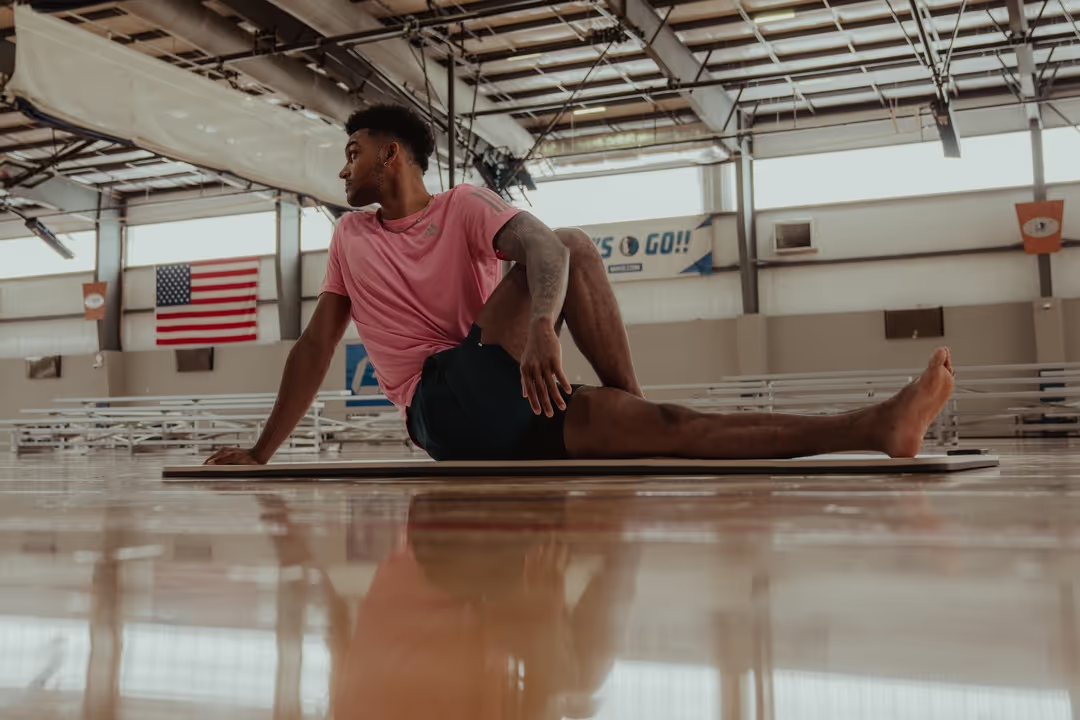
Breathing is the most critical factor in healing the core and pelvic floor. Preach about this all day, every day. Most women breathe up into their chests instead of down into their bodies. This happens from years of sucking in to look thin. Add pregnancy on top of that, and things get smushed, which makes it harder to take a breath down into the body.
Why Rib Mobility Matters During Diastasis Recti Recovery
Every breath we take matters. If your ribs prevent the breath from entering the body, your pelvic floor can’t relax. Old habits die hard. The first line of defense in improving diastasis recti, prolapse, and incontinence is teaching women how to breathe down into their bodies. You go over this in great detail in the Core Basics program, which comes for free with Strong Like a Mother, the total body fitness program designed to help your core and get you strong. But even with the best of intentions and mind/body connection without good rib expansion, we get stuck.
Quite Literally
The rib cage is designed to expand laterally on the inhale. The diaphragm, the dome-like breathing muscle under our ribs, pushes air into the lungs. This inhale expands the ribs outward. It is a slight expansion but an important one.
The overflow of the breath goes down into the belly. The breath should expand the ribs and go into our back and belly on that inhale. This is called 360-degree breathing. If your ribs don’t expand easily, the breath is forced down into the tummy (or we revert and breathe up into our chest). We take 25,000 breaths a day. That pressure out against the tummy midline repeatedly can prevent full healing.
Self-Massage Techniques to Improve Rib Mobility
If you tend to have an upper diastasis recti (above the belly button), this lack of mobility may be to blame. We need to work on rib cage expansion by addressing a few factors. Skin rolling to "release" fascia Foam rolling to release the lat muscles Mobility and range of motion exercises
Why Ribcage Mobility Affects Glenohumeral Joint Internal Rotation
The glenohumeral or shoulder joint sits at the articulation between the humerus and scapula. The glenoid cavity, glenoid labrum, and articular cartilage lie in the groove between the humeral head and scapula.
Although this joint may seem simple, a complex range of muscles and ligaments surrounds the joint capsule to ensure a full shoulder range of motion. From putting on a t-shirt to throwing and catching, these muscles facilitate your real-world movement.
Understanding Rotator Cuff Function and Patient Assessment
The most commonly referenced tissues surrounding the joint are the rotator cuff muscles. No doubt, every therapist has seen a rotator cuff tear or dysfunction. This group of muscles includes the supraspinatus, infraspinatus, teres minor, and subscapularis. These shoulder muscles are then further linked to the arm, working with the deltoid muscle, biceps brachii, and others to facilitate full arm movement.
Understanding the anatomy of this joint is one thing, but if a patient enters the clinic with a shoulder issue, how do you make sense of it? The complexity of the glenohumeral joint can be overwhelming. And being overwhelmed is a dangerous situation. But help may be closer than you think.
Why Does Ribcage Mobility Affect The Glenohumeral Shoulder Joint?
Evidence can help you understand how ribcage mobility affects the shoulder joint. In a 2019 study, Tachihara and Hamada found that upper limb and ribcage movement are closely linked. Their findings suggest that when we elevate the upper limb, most movement is found in the fifth, fourth, and third ribs, decreasing toward the lower ribs.
Once you understand this, glenohumeral internal rotation becomes a key performance indicator for cross-referencing upper ribcage mobility. The ribcage influences the arm and upper limb motion, and articles and research show ribcage mobility incurs large changes in lumbar curvature and pelvic movements.
The Importance of Ribcage and Spine Dynamics
Take a wider view of what happens when you perform a sleeper test or test shoulder abduction internal and external rotation. Once you look at the body as a whole and not just the joint, you’ll understand that the ribcage must be mobile for shoulder or glenohumeral internal rotation. Once the ribcage is mobilized, the lumbar and thoracic spine can be influenced. All of these systems are closely interlinked. It isn’t just about the shoulder joint, the glenohumeral joints, the humeral head, or the joint capsule.
Why Wouldn't The Ribcage Depress, and How Could This Influence Internal Rotation?
If you look at the body as a whole, you will realize just how many muscles, joints, and ligaments must work together for everything to do its job efficiently. Know that to achieve internal and external rotation of the glenohumeral joint. You need the ribcage to depress, protract, and retract. Once you have this, the rotator cuff muscles, rotator cuff tendons, deltoid muscle, biceps brachii, and other tissues work efficiently and provide stability.
If we can help the ribcage with free movement, we are setting the glenohumeral joint up for success in glenohumeral internal rotation. Allow ribcage movement and glenohumeral joint rotation, and you can set the whole body up for success. To do this, you have to go back and look at the research. You must ask yourself, what is attaching to the ribs that could influence the movements and cause an adaptation?
Why are Rib Mobility Exercises Important?
Because the ribcage is so crucial to a shoulder condition and glenohumeral joint movement, you must consider the respiratory system. You have already mentioned the respiratory system and the diaphragm, and you must stress that this is no magic bullet.
It is simply one part of your patient’s story. You must consider the interaction between the respiratory, neurology, and musculoskeletal systems.
The Role of Diaphragmatic Breathing in Stress Management and Long-Term Patient Care
Prolonging the exhalation and restoring the ability of nasal breathing can have a widespread positive impact, lengthening the diaphragm, decreasing the protective tone of accessory breathing muscles such as the scalenes, and facilitating the patient’s ability to get back into rest and digest or their parasympathetic nervous system. Of course, it isn’t always as easy as using three sets of ten deep breaths. What happens if your patient uses diaphragmatic breathing but still has a protective tone around the scalene? You will only ever get those short-term changes.
If you effectively lengthen the diaphragm with your patient but go back into the real world, where they are stressed, and you don’t have these factors, then you won’t get the long-lasting effects your patient needs and deserves. At this point, you see the importance of having a rock-solid graded exposure treatment plan built around the person rather than the injury.
Related Reading
- Gowod Vs Pliability
- Tennis Mobility Exercises
- Weighted Mobility Exercises
- Cervical Mobility Exercises
- Resistance Band Mobility Exercises
- Rib Mobility Exercises
- Glute Mobility Exercises
- Best Yoga App
- Free Apps For Stretching And Flexibility
- Mobility Apps
- Stretching Apps
- Chest Mobility Exercises
- Glute Stretches
- Gluteus Medius Stretch
- Glute Stretch
- Cervical Radiculopathy Exercises
6 Tips to Get the Most of Your Mobility Drills

1. Choose Realistic Drills You Can Perform
The internet can tempt you with flashy choreography, but remember, you are all individuals. You need to pick drills that are within your ability. These may be basic, but they will allow your body to safely gain proficiency and strength in mobility before advancing to the fancier versions.
Likewise, if you borrow from the appealing advanced drills, at least scale them down to smaller, pain-free motions. For example, if you want to improve your rib mobility, start with small neck and thoracic spine rotations first instead of immediately trying to perform a fancy rib rotation drill.
2. Include Mobility Drills in Your Dynamic Warm Up
Mobility drills can help increase your ease of joint motion, and that’s exactly why you should include them as part of your dynamic warm-up. A warm-up's goal is to prepare your body for more intense activity gradually. Mobility drills can help improve your performance and reduce your risk of injury.
3. Start Small When Working on Mobility
Start small and build up to the bigger motions when working to improve mobility. When targeting shoulder mobility, begin by performing small shoulder circles or even thoracic spine rotations before progressing to bigger shoulder circles and then arm circles.
4. Work from Slow to Fast
In both life and workouts, we move at variable speeds. Your mobility warm-up should reflect this, too. Start each new motion slowly, then make it faster.
5. Include Multiple Motions
You need to remember to move sideways and rotate. If you have injuries that prevent side bends and rotation, include them as part of your mobility drill selection. Common examples include shuffling sideways, Carioca and spine rotations.
6. Back Away if You Feel “Stuck” or “Pinching” Sensations
Many factors can limit how joints move. Your individual bone shape, cartilage, ligaments, joint capsules, nerves, discs and scar tissue all influence joint mobility. Attempting to budge a stuck barrier with force seldom leads to more useful motion.
Improve Your Flexibility with Our Mobility App Today | Get 7 Days for Free on Any Platform
Pliability offers a fresh take on yoga tailored for performance-oriented individuals and athletes. Our app features a vast library of high-quality videos designed to:
- Improve flexibility
- Aid recovery
- Reduce pain
- Enhance range of motion
Personalized Mobility Programs for Optimal Health
Pliability provides daily-updated custom mobility programs for those interested in optimizing their health and fitness. It also includes a unique body-scanning feature to pinpoint mobility issues. If you're feeling limited by pain or your ability to move, Pliability aims to complement your fitness routine and help you move better.
Sign up today for seven days absolutely for free on iPhone, iPad, Android, or our website to improve flexibility, aid recovery, reduce pain, and enhance range of motion with our mobility app.
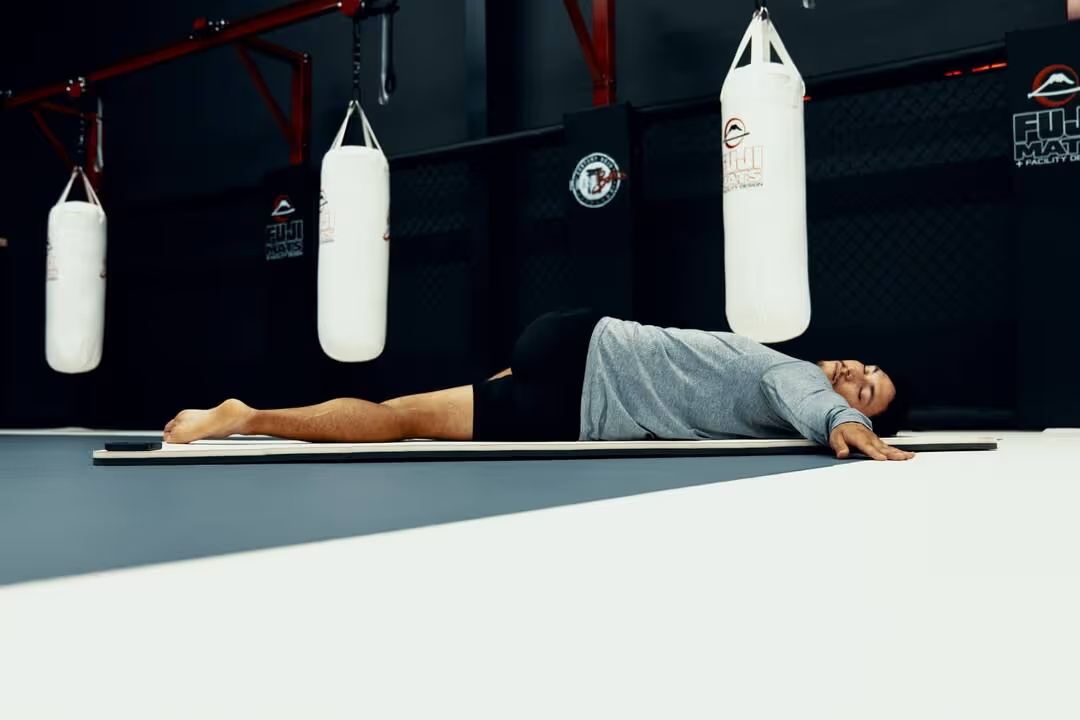
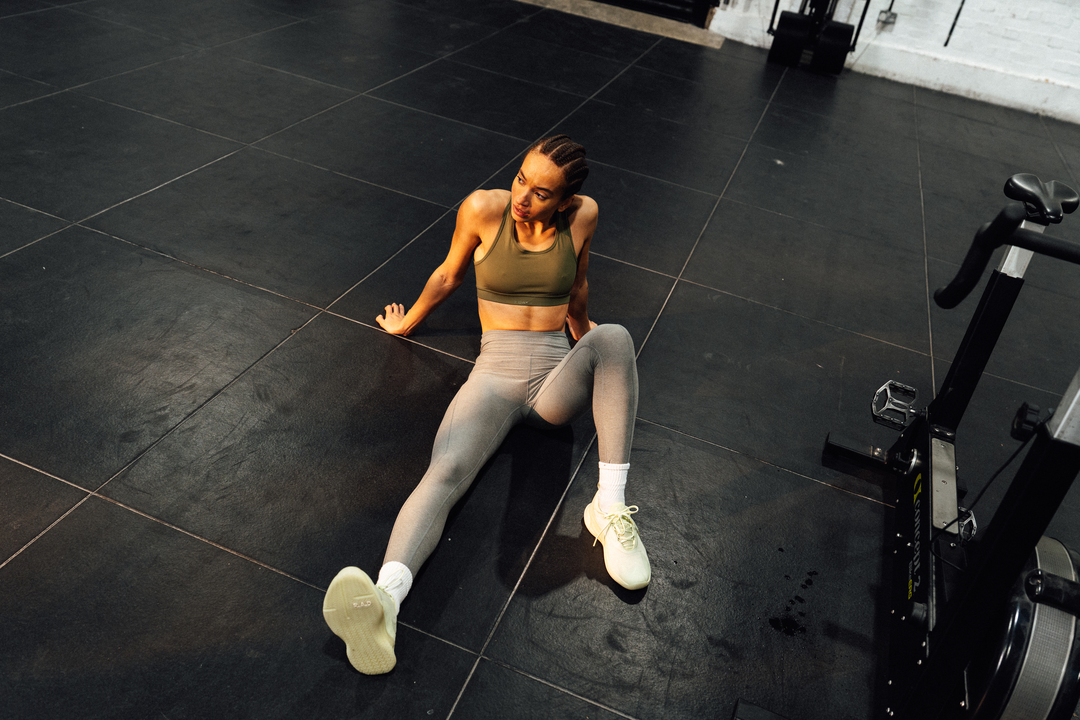

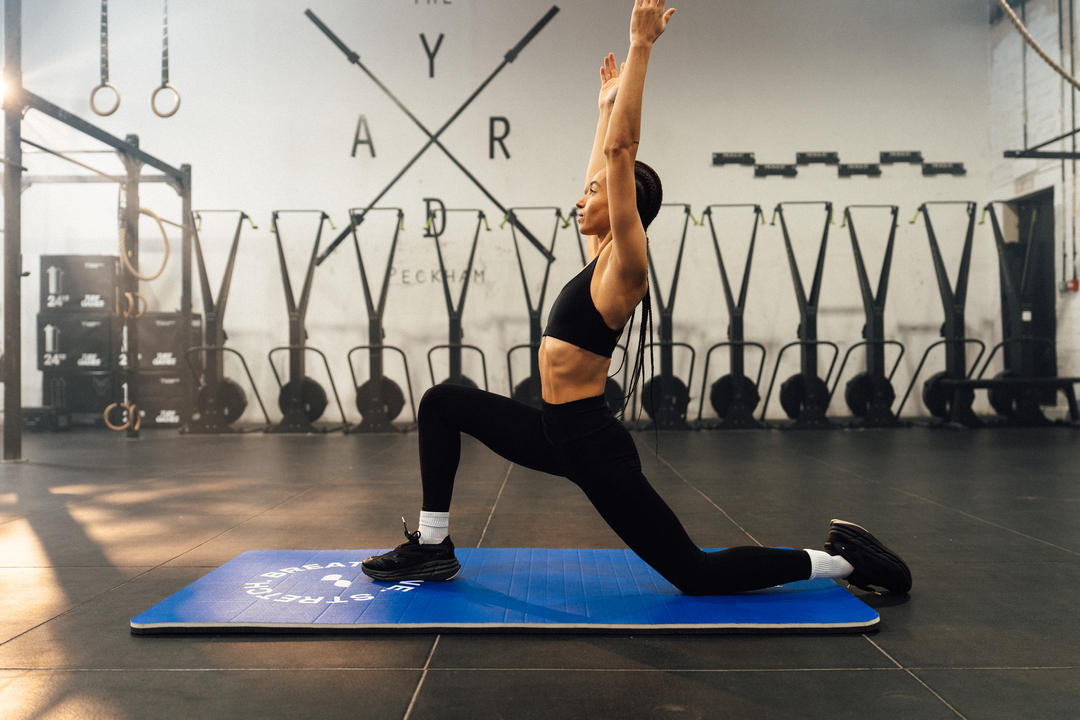
.jpg)
.jpg)


